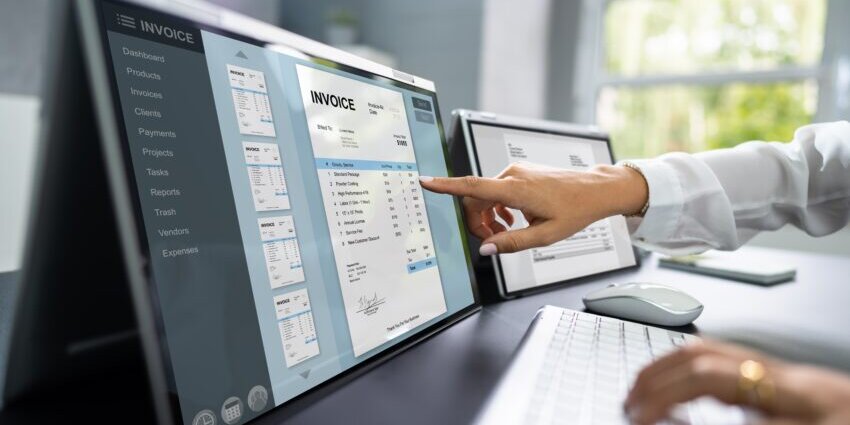It is impossible to understate the importance of user interface (UI) design in the context of corporate software solutions.
When it comes to managing everything from product data to customer interactions, enterprise software is an essential component for many different types of enterprises.
The effectiveness of these systems is mainly dependent on the functionality and procedures that lie behind them; yet, the UI design is sometimes overlooked or not considered to be of sufficient importance, which may have a substantial impact on both the user experience and the operational efficiency of the system.
Getting more users to adopt and be productive
Within the realm of corporate software, the direct effect that enterprise UI design has on user adoption is one of the key reasons why it is so important. When workers come across a product that has a user interface that is well-designed and easy to use, they are more likely to accept the software and incorporate it into their regular workflows.
It is essential to have a UI design that is intuitive because it fits with the expectations of the user, which ensures a more seamless engagement with the program. This comprises a screen layout that is easy to browse and has icons that are easily recognizable across the interface. These kinds of design aspects shorten the learning curve and lower the likelihood of making mistakes, which is especially crucial in settings where mistakes may have substantial repercussions. This may be accomplished in a number of ways, one of which is by adopting designs or layouts that are comparable to those of famous consumer websites. This will make the process of onboarding these new technologies relatively fast and straightforward.
Boosting productivity
Simply by lowering the amount of time and effort necessary to execute activities, a good UI design helps directly to enhanced productivity. Additionally, if the program is easy to use, there will be fewer errors or mistakes committed.
It is possible for workers to accomplish jobs in a more timely and correct manner when they are provided with visual signals and useful prompts in addition to streamlined procedures. In addition, a user interface that is free of clutter improves the operation of the program by avoiding an excessive amount of information from being shown. It places an emphasis on showing just the information that is required, making it simpler for users to locate the information they need without introducing any distractions that are not essential.
Not only does simplicity in design appeal to the senses, but it also helps improve performance and facilitates the faster adoption of software by decreasing the sensation of being overpowered by a new and complicated system.
Savings on costs and reliability
This greater efficiency will translate into concrete advantages for the company, such as decreased expenses, improved production, and resource utilization. These benefits will be provided by the increased efficiency.
Putting money into a UI design that is of high quality may also result in significant cost savings in terms of training and support. If the interfaces of software are easy to understand and nice to use, then workers will need less formal training to become skilled in the product. They may acquire knowledge by means of exploration and discovery, depending on the visual hierarchy, clear labeling, and contextual assistance elements that are provided by the interface.
Additionally, a UI that is well-designed reduces the need for substantial user assistance. This is because workers are more likely to explore the program on their own and solve small problems on their own. Because of this self-reliance, the pressure that is placed on IT support teams is reduced, which enables them to concentrate on projects that are more strategic.
Being consistent and having a brand identity in UI design
When it comes to ensuring that an organization’s software environment is consistent, UI design is an extremely important factor. Enterprises are able to build a unified user experience that supports their own brand identity by defining visual language and interaction patterns that are consistent with one another.
Utilizing components of design that are consistent, such as color schemes, fonts, and iconography, makes it easier for users to move between various apps, thereby lowering the amount of mental effort required and boosting the level of familiarity. This uniformity not only improves the overall user experience, but it also helps to develop the brand image of the organization and fosters trust among both the workers and the consumers of the organization.
Сonclusion
A well-designed user interface has far-reaching consequences for the performance of an organization. By placing a higher priority on UI design and investing in a methodology that puts the end user first, companies are able to unleash the full potential of their software investments, which in turn enables their staff to work more efficiently, more quickly, and more cooperatively.











